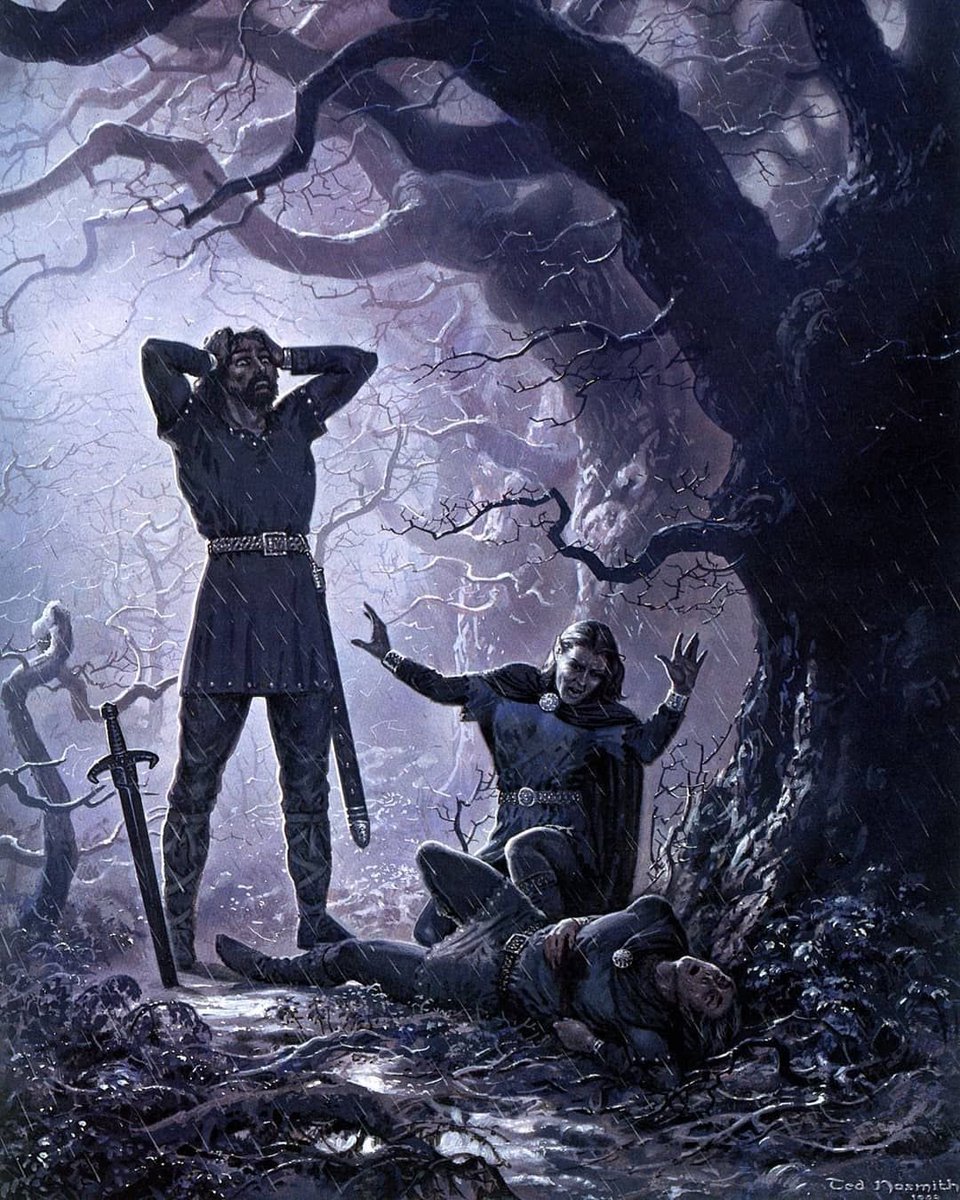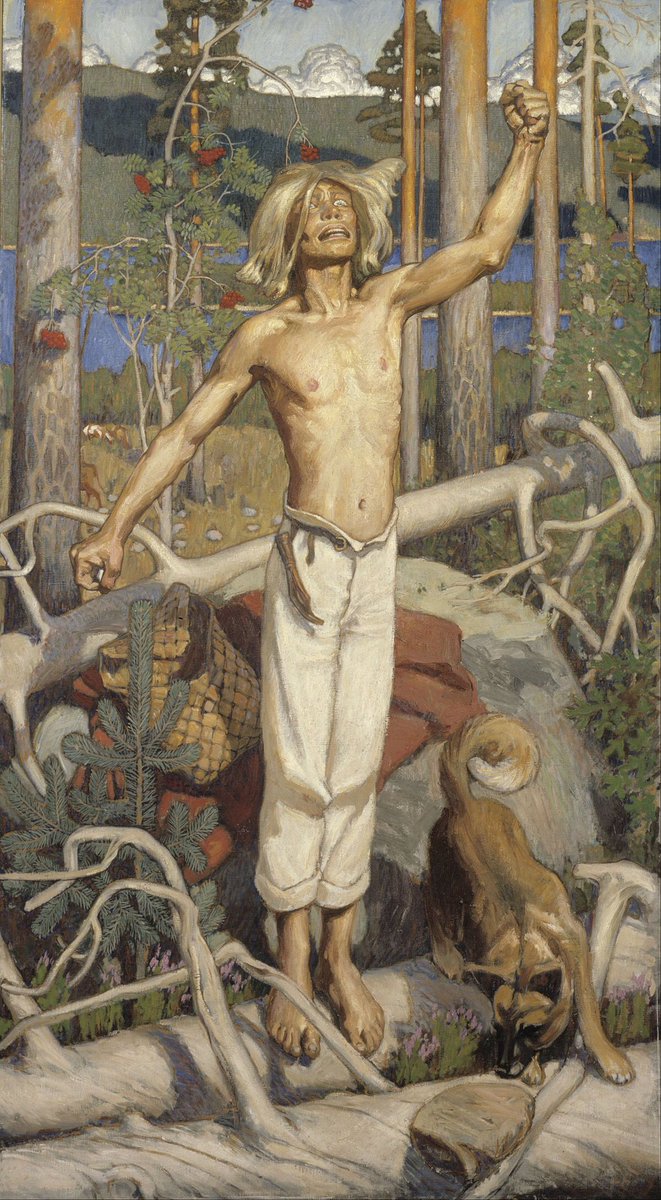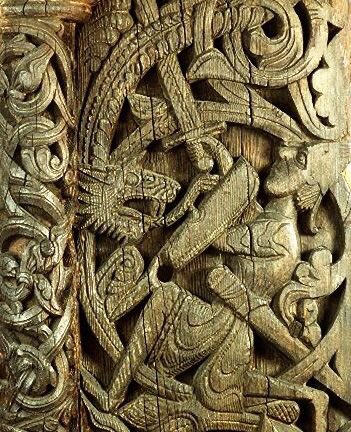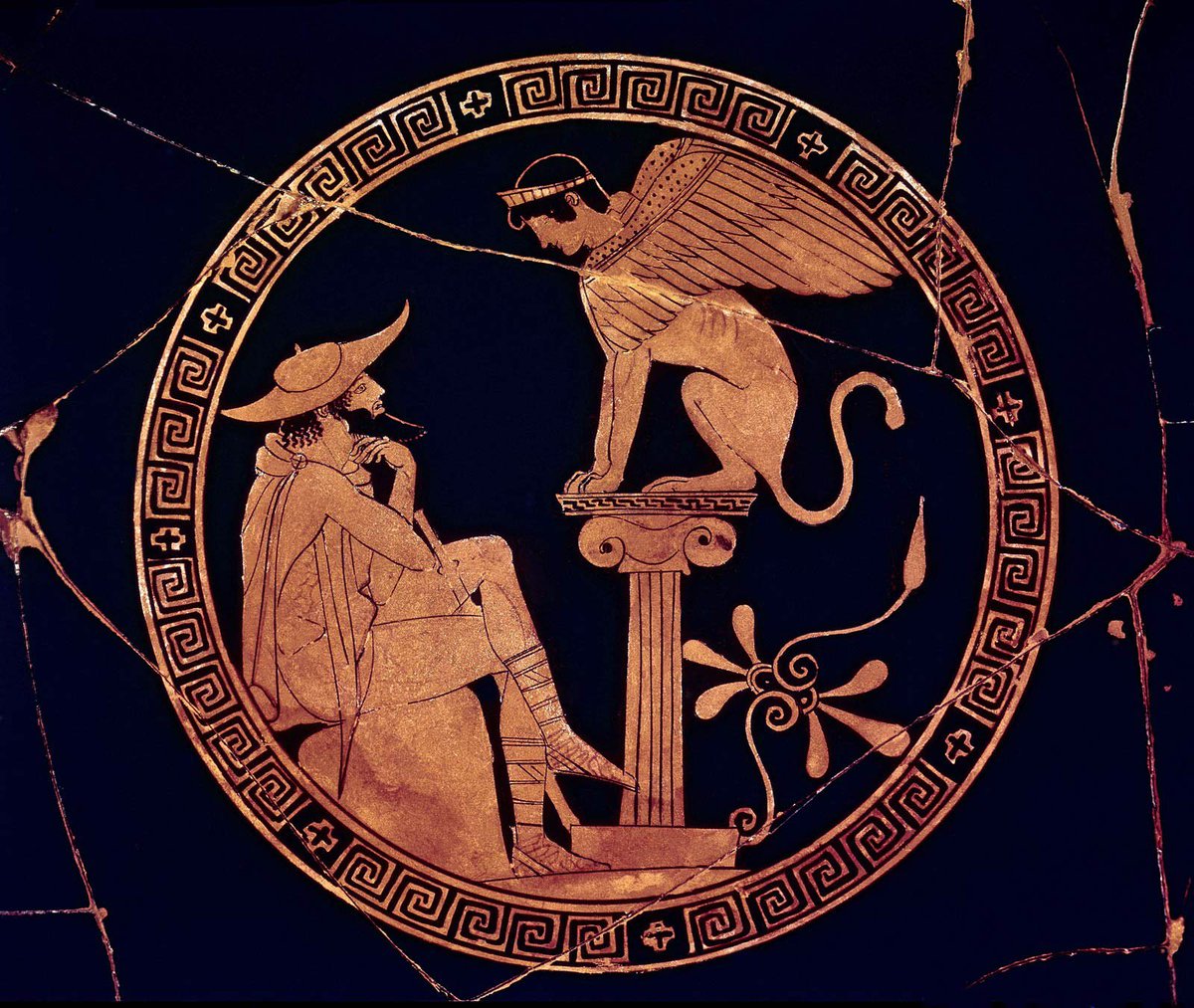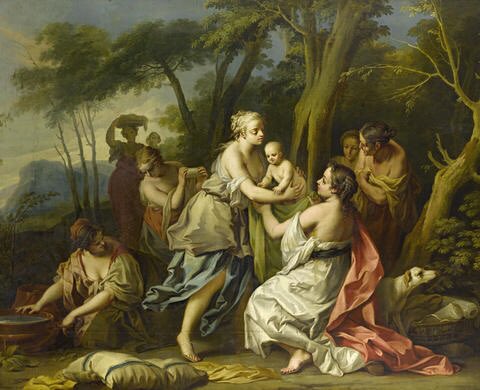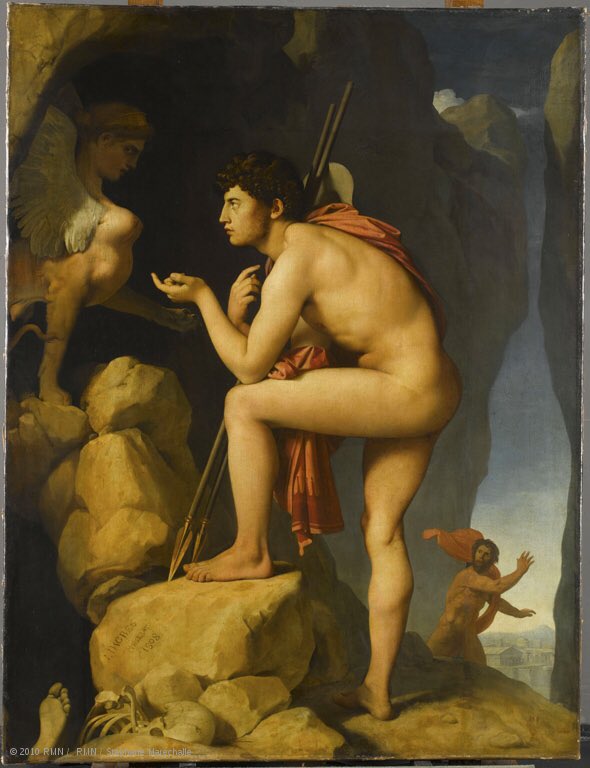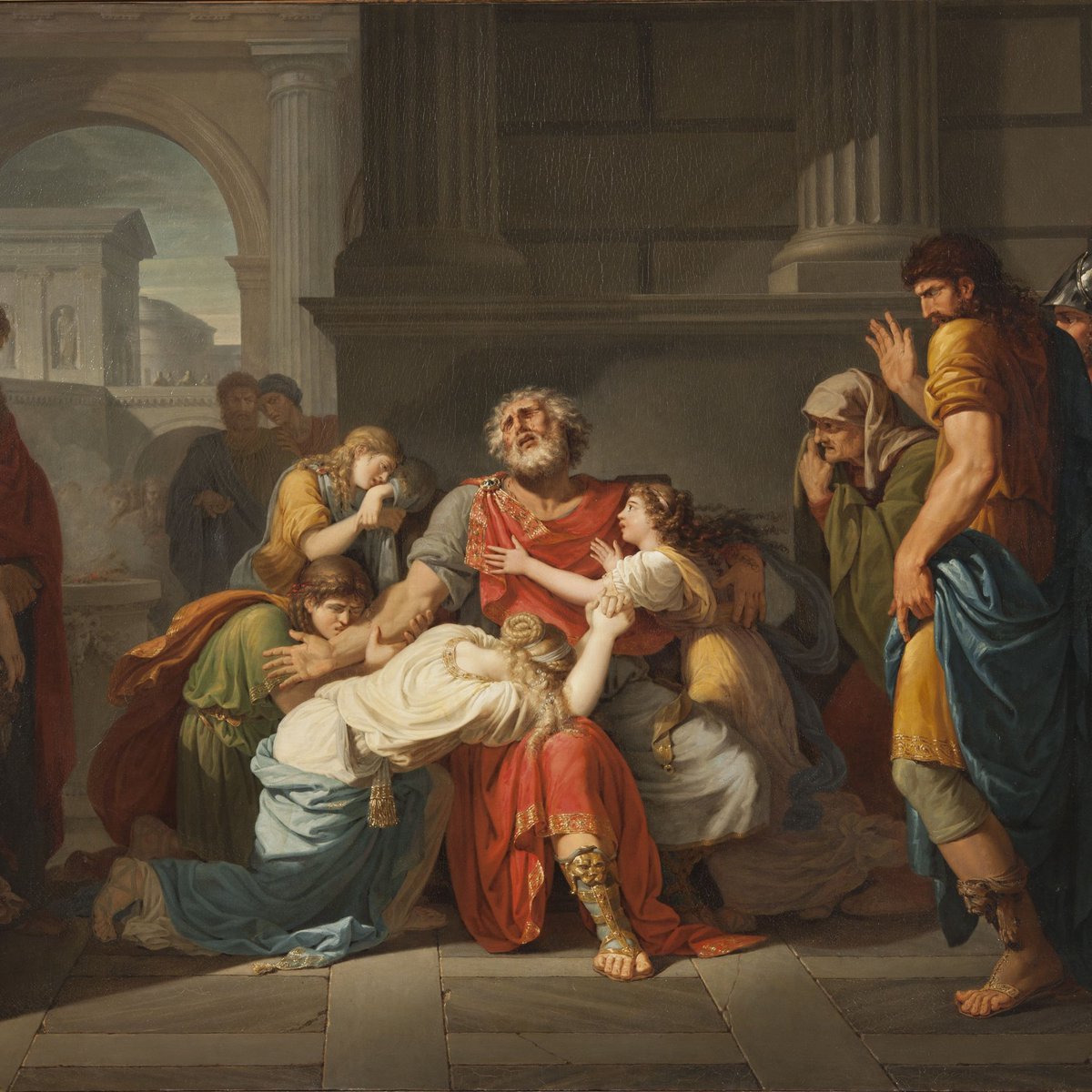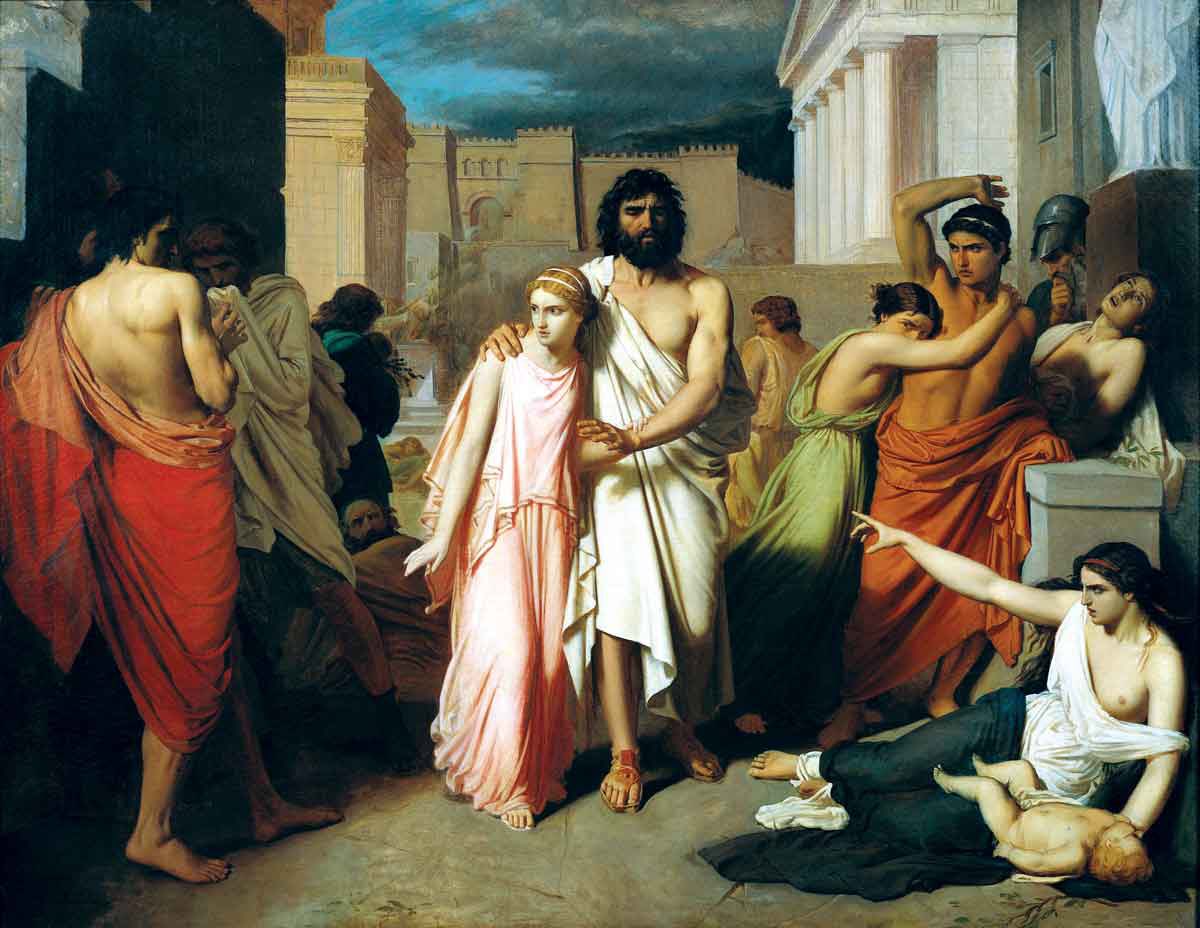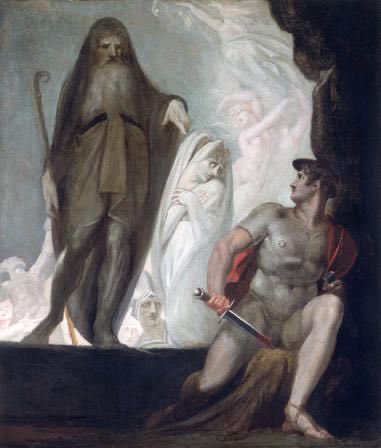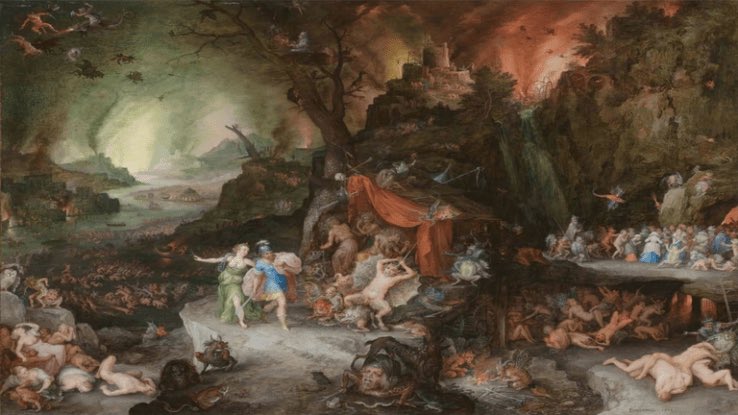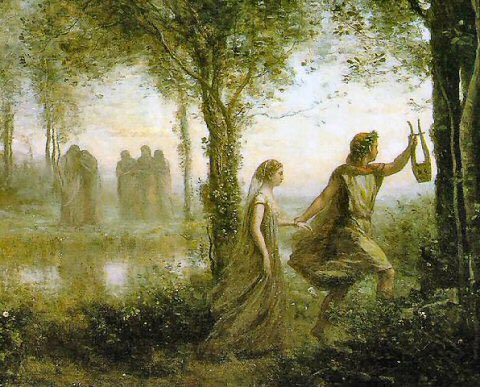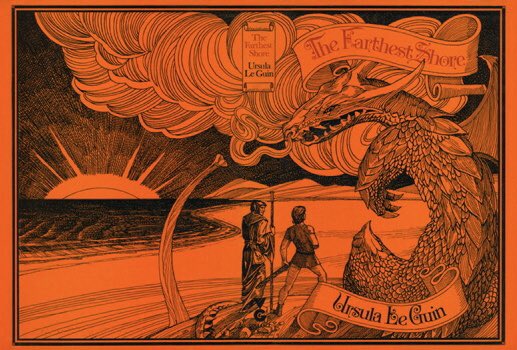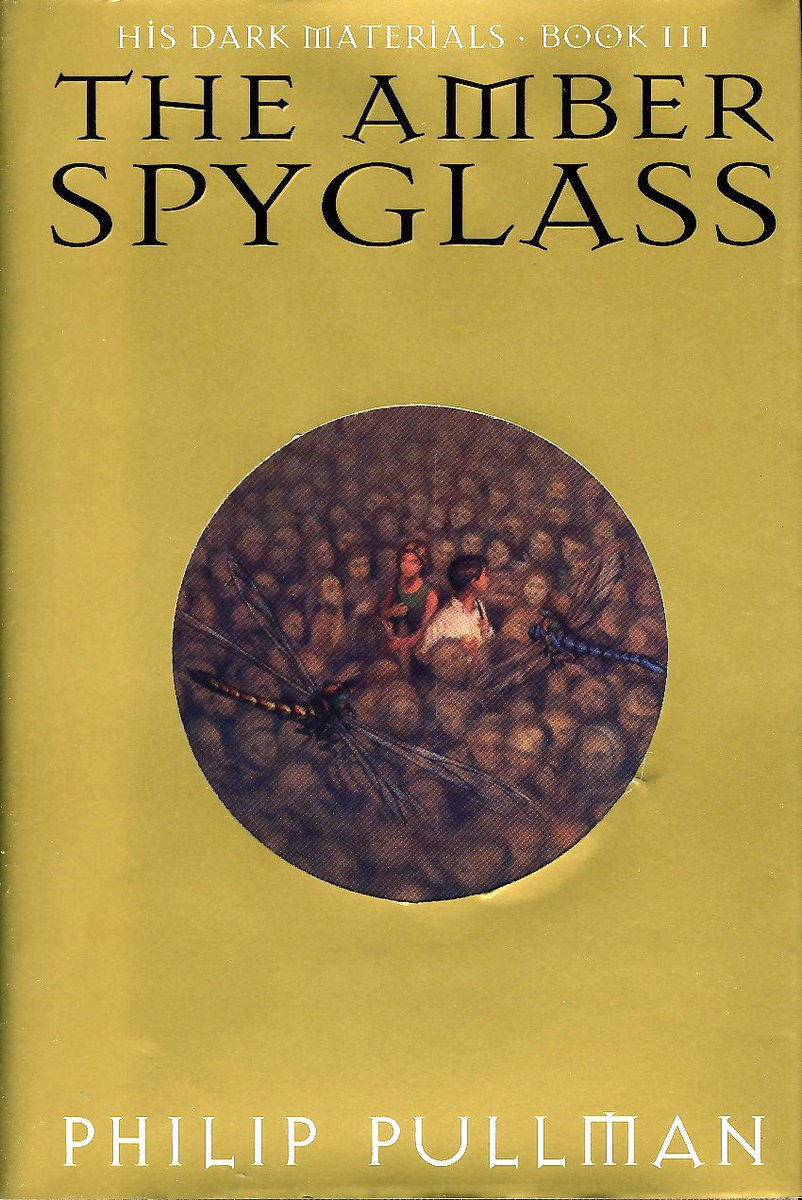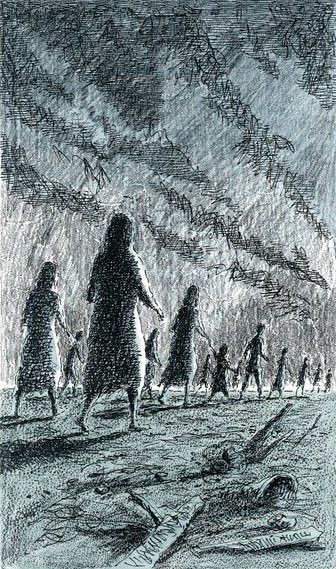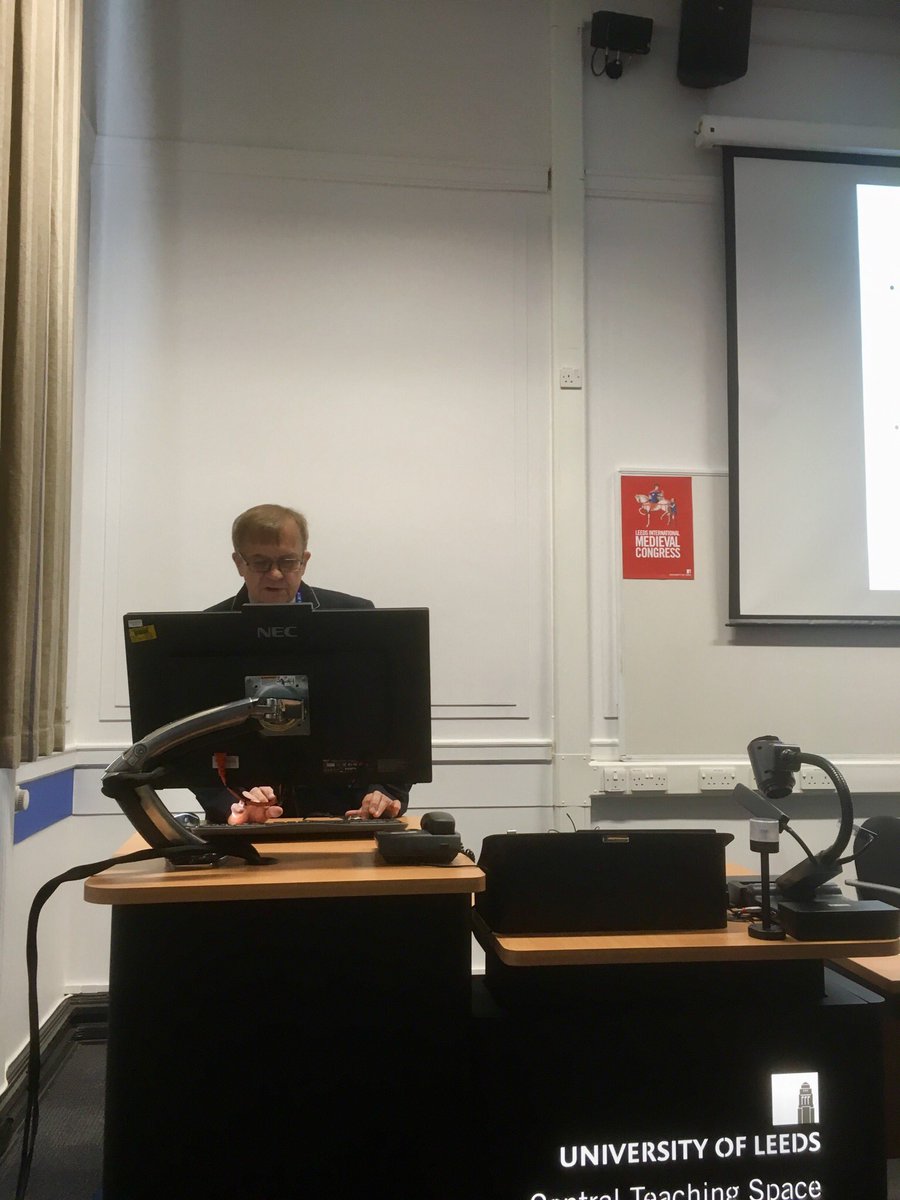
THREAD: Re-reading Marina Warner’s (@marina_warn) From the Beast to the Blonde, in preparation of welcoming her to @UofGlasgow and @UofGFantasy soon for @OnceFantasies! Her emphasis on transformation in fairy tales really foregrounds the affordances of fantasy:
1/6
#OnceFuture
1/6
#OnceFuture

For Warner, metamorphosis/shape-shifting/change, defines the fairy-tale. The wonders of the fairy-tale “disrupt the apprehensible world in order to open spaces for dreaming alternatives” - a lot of common ground with many definitions of fantasy/the fantastic here.
2/6
#OnceFuture
2/6
#OnceFuture

I like Warner’s double reading of the verb “to wonder” (cf. wonder tale/märchen): both to marvel and also to enquire, to seek to know. Together they highlight to key elements of the fairy tale (and fantasy, I’d say!): “pleasure in the fantastic, curiosity about the real”.
3/6
3/6

Her discussion about the vagueness/anytime/anyplace setting of fairy-tales (which however gets adapted to specifics to suit the storyteller) also reminded me of a rather overlooked but important article by Michelle L. Eilers in @ExtrapolationSF 👇
4/6
#OnceFuture
4/6
#OnceFuture

In this article Eilers argues that fantasy makes the switch from the ‘once upon a time’ world of fairy tales, featuring characters who are often ‘types’, to imaginary worlds that are specific and detailed, and to named and fully characterised heroes in non-traditional plots.
5/6
5/6

She uses as examples of early Victorian fantasies (examples 👇) which emulated the ‘referential prose style’ of
literary realism, using simple, realistic and denotative language, but which stemmed from fair tale roots.
6/6
#OnceFuture



literary realism, using simple, realistic and denotative language, but which stemmed from fair tale roots.
6/6
#OnceFuture



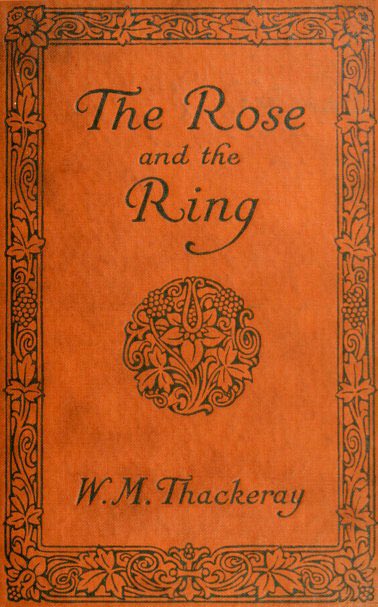
• • •
Missing some Tweet in this thread? You can try to
force a refresh


